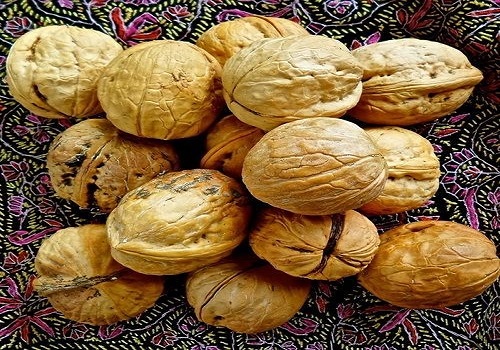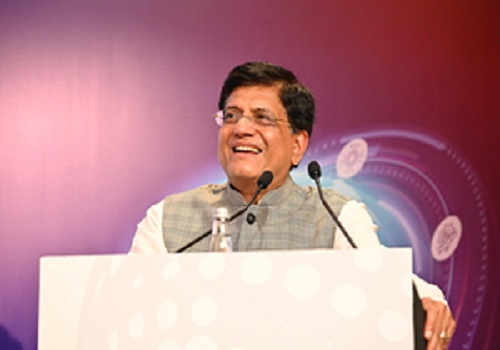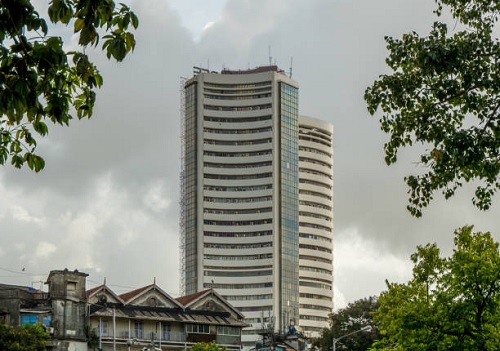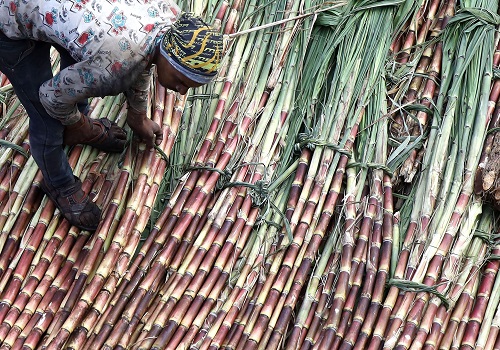Walnut plantation to undergo major makeover

Follow us Now on Telegram ! Get daily 10 - 12 important updates on Business, Finance and Investment. Join our Telegram Channel
It's that time of the year again when the green of fields and the blue of the skies change their colour like a chameleon to the brightest hues of red and the dullest shades of yellow. Known as Harud in the local tongue, Autumn is the time to wrap up the year's walnut and saffron produce.
The process of tending to walnuts in this final phase is a tedious activity made bearable only in the company of fellow fruit-pickers.
The tradition is to sing songs in the glory of nature and her bounty while working on fields.
Migratory birds from Siberia, Eastern Europe, China, and the Philipines also chime in adding to the environment. Therefore, walnut picking is more than a mere activity, it's a celebration in Kashmir.
Known as Dooeyn in Kashmiri, the walnuts produced in J&K are of the best quality in the world.
Approximately 2.66 lakh metric tonnes of walnuts are grown on an area of 89,000 hectares in the Union Territory every year.
This season Kupawara recorded the highest walnut production in the Valley at 30,894 metric tonnes. The UT is responsible for more than 90 per cent of walnuts grown in the country. The three main varieties grown here are - Vonth, Kaghazi, and Barzul.
Vonth is grown predominantly for oil extraction, Kaghazi for its large fruit, and Barzul for its creamy flavour. The nut is grown organically without the use of chemical fertilizers which sets it apart from the rest of the world.
During the insufferable period of Covid-19, the walnut industry of the Valley was in gloom. To add to the loss, the unusual heat of the summer and flooding July rains added to the setbacks. But the J&K administration has come to the rescue through various interventions to revive the industry.
The administration with the help of the Department of Agriculture and Fruit Growers Association will help farmers to sell their produce in markets outside of J&K.
The produce that remains unsold will be purchased by the government at a predetermined price. The government is in process of setting up a dry fruit zone in the Valley to convert this unorganised sector to a regularised one with the least interference from middlemen. This way the farmers will be able to get the best price for their production.
To preserve the quality of walnuts the Department of Agriculture along with experts from SKUAST-Kashmir are coming up with a packaging solution.
Lt Governor Manoj Sinha, in line with Prime Minister Narendra Modi's vision of doubling the farmer's income, is setting up a committee of experts within KVKs (Krishi Vigyan Kendras) in the Valley to bring about a scientific intervention in the propagation of walnuts.
In the past few years, unfortunately the famed Kashmiri walnuts have suffered stiff competition from cheaper varieties from China, Chile, Turkey, and the Netherlands. This has forced farmers to sell their produce at throw-away prices. To counter this, the administration will impose a 100 per cent import duty to protect the local farmers.
The new hybrid varieties of walnut trees that will help pick up the pace of the industry are in the final phases of testing.
In Kupwara, this 'Chandler' breed of walnuts which are smaller in size with better yield will be encouraged starting the next season. They will be offered to farmers at subsidised rates.
The scientists are also researching the hybrid varieties that will allow farmers to graft the traditional walnut trees.
The Horticulture Department is providing a subsidy of Rs 7 lakh to growers for building walnut nurseries. The department is also rolling out high-density walnut trees which can produce a crop within three years of plantation. With this, the farmers will be able to grow 300 walnut trees per hectare instead of 100 trees per hectare.
With the growing interest of the youth in Agri-preneurship, J&K is witnessing a revolution in its horticulture landscape. Educated youth are returning to their farmlands and experimenting with new techniques of farming fruits, nuts, mushrooms, etc.
The trade and export policy 2018-2028 together with government schemes directed at efficient production and marketing are creating new benchmarks for J&K in the international market.
The last three years witnessed 55 per cent growth in exports, of which agri-produce held the dominant chunk.
Further, the government has introduced machines for post-harvest management including handling, grading, processing, and packaging of walnuts to improve the price of the final product in the market. New walnut processing units will also be raised in J&K. The sick orchards will be rejuvenated and fresh walnut plantations will be drawn on the pattern of apple orchards in the Valley.
In 2022, the government provided safety equipment for tree climbers and made it mandatory. Only skilled labourers with safety gear were allowed to take down the fruit. Helmets, ropes, anchors, and nets are being shared among farmers to prevent life-threatening hazards.
Dooeyn are an indispensable part of the Kashmiri culture. During festivals and celebrations, walnuts are distributed as blessings.
With the latest technologies and scientific interventions in walnut propagation, J&K is sure to reclaim its first position as the top-quality walnut-producing state in the world.





.jpg)


















